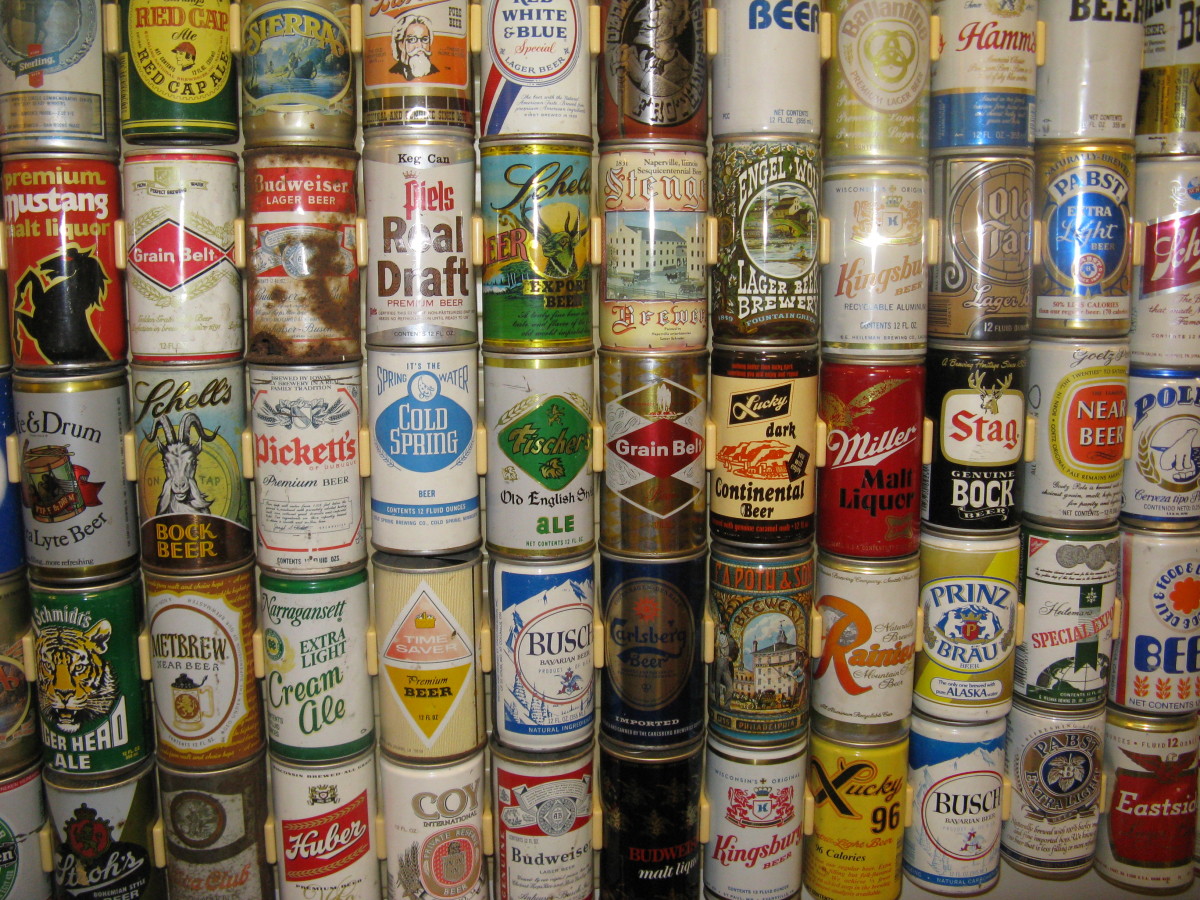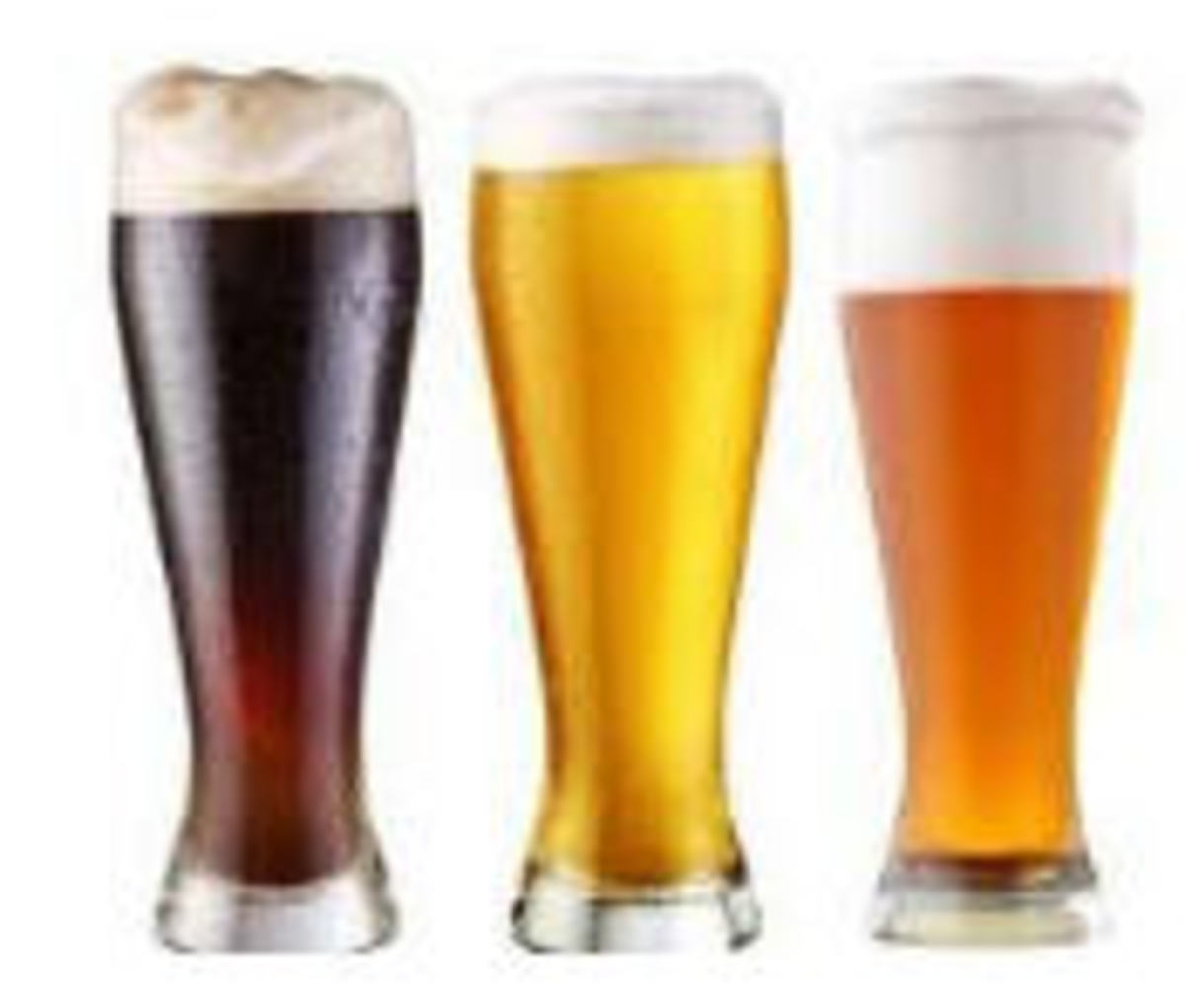Beer, an Ancient and Civilizing Beverage
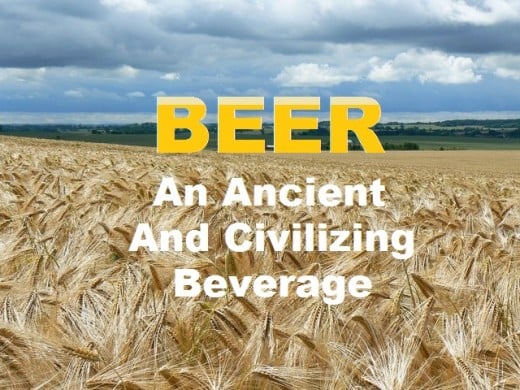
What Is Beer?
Beer is an ancient alcoholic beverage produced from water, yeast, starch, and an enzyme that turns some of the starch into sugar. Yeast causes the sugar to ferment. Brewers use a variety of different starches including barley, wheat, millet, corn, oats, potatoes, sweet potatoes, taro, rice, cassava, plantain, and yucca. Odds are if it is starchy and not deadly poisonous to humans, someone grows it to craft beer.
The Benefits of Beer
Very moderate, one pint of beer per day, consumption can make an adult healthier than a non-drinker of similar age. You would have on average:
- 42 percent lower risk for heart disease
- 40 percent less chance of type 2 diabetes
- 40 percent lower risk for kidney stones
- 4.5 percent greater bone density
Beer in Prehistoric Times
The first beer ever enjoyed by a person like us was probably an accidental lambic, a beer resulting from spontaneous fermentation from yeasts floating in the air. It is likely that nomadic hunter-gatherers figured out brewing before mankind made wine, practiced agriculture, or baked bread.
Beer was a boon to humanity for a whole host of reasons. First and most importantly, it was safer to drink than most available water. This was true until recently in the industrial world and is still true in much of the world today. Even if the brewing process did not involve boiling water, any number of waterborne parasites and other pathogens could not survive the resulting alcohol content.
Luckily, in most cultures, men, women, and children all drank it. Unlike water, beer provided nutrition. It was also a valuable social lubricant, just like today. Depending on quantity, alcohol content, and the properties of possible additives, beer may have been powerfully mind-altering, even hallucinogenic at times. We know people used it medicinally, as well as in religious worship, sacred festivals, and burial rites.
Large scale beer production dates to about 11000 years ago, coinciding with the earliest crops. Many archaeologists and anthropologists currently believe that the communal desire for reliable beer production is what caused people to settle and focus their combined energies toward agriculture.
If this is true, beer set the foundation for our civilization and jump-started human creativity. Consider this: mankind in our current form pre-existed the brewing of beer on this planet for about a hundred thousand years. In all that time, we developed basic tool use, harnessed fire, picked up a few masonry skills, but never managed much else. After learning to brew beer, human discovery and invention accelerated exponentially.
Beers of the Ancients

Our first recorded evidence of beer production dates to 6000 years ago. It is a Sumerian tablet that appears to depict a group of people sipping beer from a communal bowl through reed straws.
While we can't be certain the artist depicted people drinking beer, we do know that later in history people consumed beer through reed straws from similar vessels. The ancients could not filter their beer to today's standards. Long straws helped them avoid foul-smelling foam floating on top and layers of sediment on its murky bottom.
The first known beer recipe comes to us from the Hymn to Ninkasi. It is a 3900-year-old poem glorifying a goddess who, according to the people of ancient Sumer, oversaw beer-brewing:
Ninkasi, you bake the barley bread in the large oven
and order the piles of hulled grain.
You water the malt placed on the ground
and hold the great sweet wort in your hands.
Ninkasi, you pour forth the beer of the collection vat.
It courses like the Tigris and Euphrates.
— Unknown Sumerian PoetThe barley bread mentioned here is the yeast element in this recipe. Egyptian Copts still make a bread-based beer product called bouza that may taste similar to Ninkasi's ancient brew.
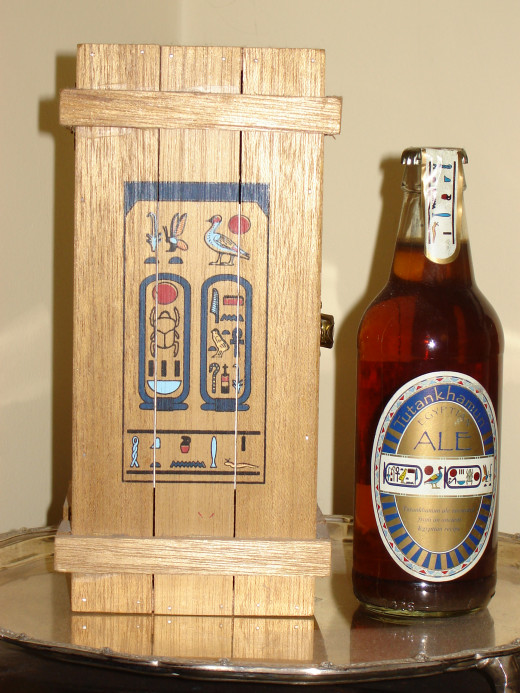
How Archaeology Informs the Contemporary Art of Brewing
The first chemical archaeological evidence for beer production dates back about 9000 years to China. That early beer sample was a mixture of rice, honey, grapes, and hawthorn fruit.
Dogfish Head Brewery in Rehoboth Beach, Delaware, crafted a recipe using this sample to create their beer Chateau Jiahu, honoring the Jiahu region in northern China, home to the archeological discovery. I tried a bottle. The beer was light and crisp with just a kiss of fruit. I'd gladly drink another if I could find one!
In 1996, a UK brewery produced 1000 bottles of Tutankhamun Beer, made from emmer, a modern wheat precursor. The recipe attempted to duplicate the analysis of Ancient Egyptian beer residue discovered at Queen Nefertiti's royal brewery. The bottles sold at Harrods for 75 US dollars each.
Beer in Medieval Times

Roman occupation introduced beer to Europe. European housewives and wise women brewing at home produced most of the early beer. The most skillful women brewers achieved a degree of community prestige and financial independence. About 1500 years ago, that began to change.
In the Medieval age, the Church centralized the majority of all European beer production by placing breweries at the religious waypoints frequented by thirsty pilgrims and travelers. At that time, European beer, brewed primarily by monks, was effectively a Church-controlled currency, accepted almost universally for tithing, taxation, and trade.
The History of Hops in Brewing
Hops were first added to beer about 900 years ago. Previously, brewers used mixtures of herbs and spices to flavor their brews and inhibit unwanted bacterial growth. Both these spice mixtures and the contemporary beers that still use them are called gruits.
The addition of hops put a distinctly medieval spin on the classic. Hops are the female flowers of the hop plant, Humulus lupulus. Now, most (but certainly not all) of the world's beer is made with hops.
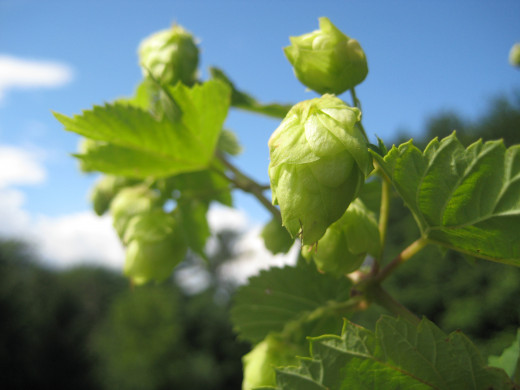
Generally speaking, hops add fresh floral notes, bitterness, and a more pleasant aroma to beer. Like grapes, a single hops variety can vary in flavor greatly depending on the conditions where it is grown. All varieties have unique properties, characteristics, and flavor profiles. Certain hop variants impart blackcurrant, citrus, pine, licorice, mint, apricot, and other familiar notes. Contemporary brewers may add many different varieties in multiple stages of production to achieve their complex flavors.
About 80 varieties of hops were used commercially during 2012. Now in 2019, commercial brewers use over 170 varieties. Right now, many more new ones are in development and testing for the future.
Types of Beers
There are as many types as there are individual beers, but all fall into three main categories, separated by fermentation processes. These three categories are:
- Ales
- Lagers
- Lambics and Wild Ales
What are Ales?
Ales are the first beers produced by people and use a strain of brewer's yeast, Saccharomyces cerevisiae, that ferments at 60°F and above. Closer to 60°F fermentation tends to produce sweet, nutty flavors. At temperatures above 75°F, yeast may produce esters which cause the final product to deliver hints of green apple, banana, cherry, apricot, and other fruity flavors.
What are Lagers?
Lagers first appeared about 600 years ago, born in caves in Bavaria and caught on elsewhere in cold climates. Refrigeration technology allowed lager production to spread across the world. Many well-known American big corporate beers fall into this category.
Light-colored lagers tend toward being mild and often hoppy in flavor. Golden and darker lagers may vary more in their flavor profiles ranging from sweet and malty to deeply nutty or pleasantly bitter with hints of cocoa, coconut, or coffee. Lagers use a strain of brewer's yeast, Saccharomyces pastorianus, that ferments at around 50°F.
What are Lambics and Wild Ales?
Lambics and wild ales use wild yeasts and bacteria present in the air instead of a single strain of cultivated yeast. These wild yeasts and bacterial strains give lambics and wild ales their characteristic sour flavors.
Lambic production began in Brussels. Traditional lambics are uninoculated, infected by yeasts in the air. They age in barrels and may take years to mature into the final product.
Wild ales are a contemporary riff on lambics. They are inoculated with various strains of wild yeast and beneficial bacteria. Many consider wild ales to be the next frontier in brewing that we are merely starting to explore.
Learn More About the Art and Science of Beer
Today we can't recreate the exact esters of a rice beer crafted in the shade of an ancient Chinese cherry tree. We will never know which strains of wild yeast inoculated the beer last poured into solid gold cups in Nefertiti's court. Like wine or single malt scotch, beer captures the essence of a single moment lived in one specific place. Every beer ever brewed is a snapshot of civilization.
When next you contemplate the blissful aroma of a cold beer, let that scent connect you across time back to our humble beginnings as a beer-drinking species. Let your mind wander in all directions like our beer-toting ancestors as they expanded humanity across the globe. As the first sip unfolds the ancient secrets of yeast on your tongue, imagine all the places yet unseen that beer may lead us.






